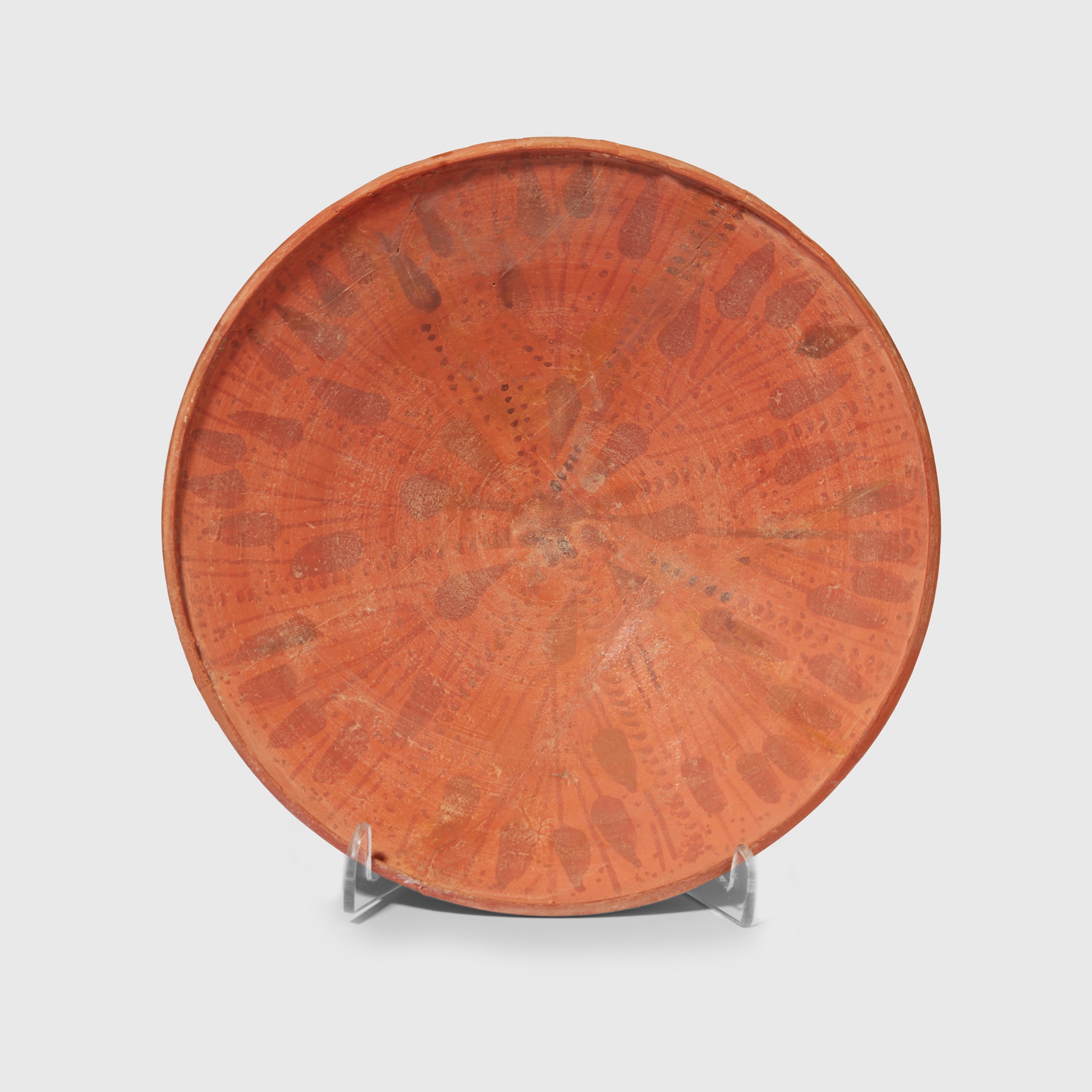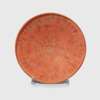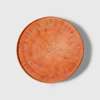
Lot 40

NABATEAN DISH
NEAR EAST, 1ST CENTURY B.C. - 1ST CENTURY A.D.






Auction: 31 May 2023 at 15:00 BST
Description
painted terracotta, standing on a rounded base, the shallow walls leading to an inverted rim, of dark red-orange colour and with umber painted vegetal decoration
Dimensions
18.9cm diameter
Provenance
Provenance:
From an important collection of Nabatean pottery formed over a number of decades, Geneva
Private collection, United Kingdom, acquired from the above
Footnote
Note:
For a similar example, please see: The Metropolitan Museum of Art, New York, accession number 1977.234.12
In discussing the piece referenced above, The Metropolitan Museum (2023) writes:
"The very thin painted ware so closely identified with Nabataean culture began to appear in the first century B.C. It reflects the influence of Hellenistic wares, but because its shapes, colors, and decoration are unique, it forms a distinct type and was recognized early on as an accurate indication of Nabataean presence. Found primarily in southern Nabataea, the pottery has also turned up in the ports of Oman and Yemen, along the eastern coast of the Arabian Peninsula, and along the Incense Route. Nabataean painted ware is usually decorated with floral motifs. It has been suggested that Nabataean painted ware was deliberately broken after use in religious ceremonies; the ware has also been connected with cultic meals for the deceased."





